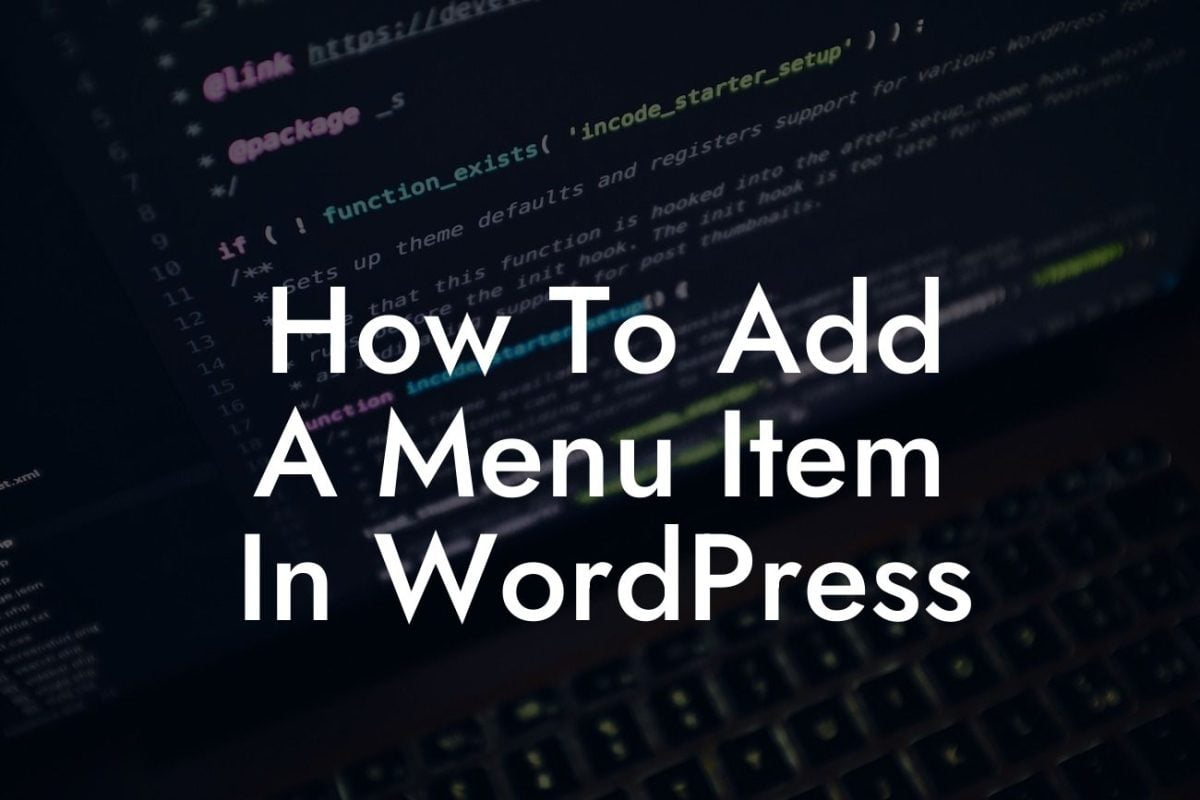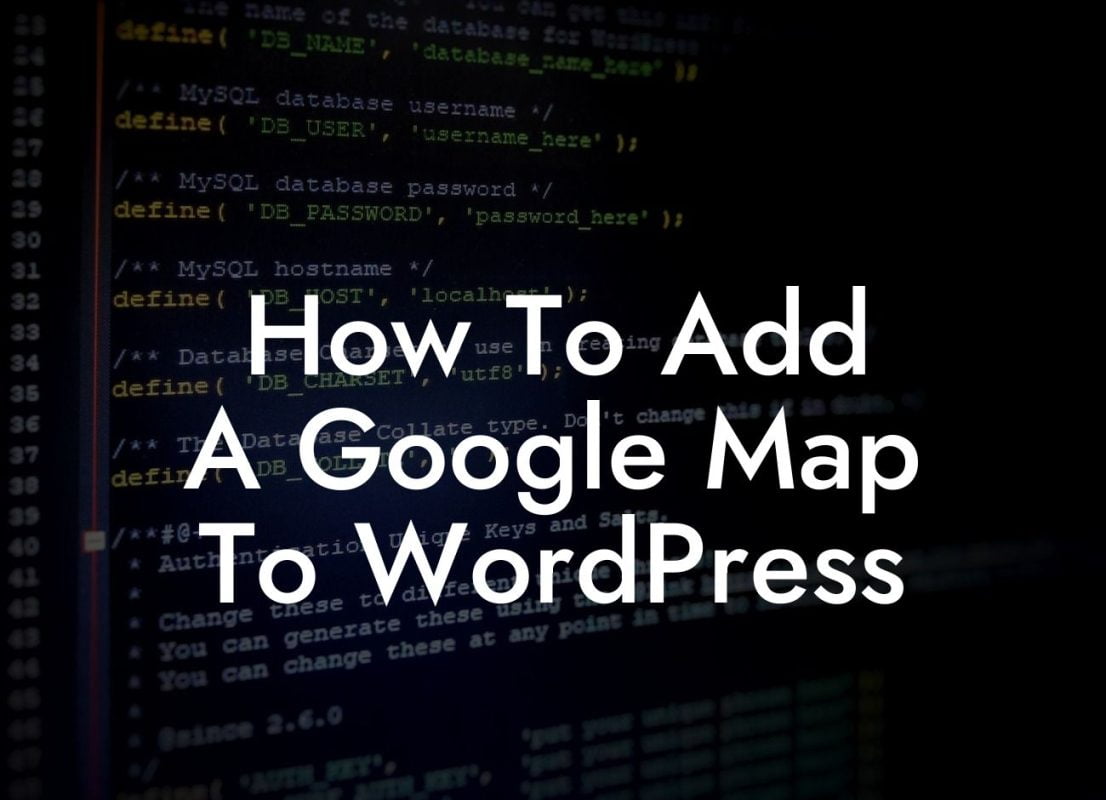Shortcodes are a powerful tool that can amplify the functionality of your WordPress website. Whether you need to embed a video, create a contact form, or simply add a stunning image gallery, shortcodes allow you to do all that and more with ease. In this article, we will take you through a detailed and step-by-step guide on how to add shortcode in WordPress, empowering you to elevate your online presence and boost your small business or entrepreneurial success.
1. Understanding Shortcodes:
To kickstart our journey, let's grasp the basics. Shortcodes are essentially small snippets of code enclosed in square brackets [ ]. They act as placeholders that can be easily inserted into your WordPress editor or theme files, enabling you to display dynamic content or execute specific functions on your website.
2. Enabling Shortcode Usage:
In most cases, shortcodes are already built into popular WordPress plugins or themes. However, if you encounter a shortcode that isn't functioning as expected, you may need to double-check if shortcode usage is enabled. Head to your WordPress dashboard, navigate to "Settings," and click on "Writing." Ensure that the box next to "WordPress should correct invalidly nested XHTML automatically" is checked. This step guarantees the proper execution of shortcodes on your website.
Looking For a Custom QuickBook Integration?
3. Inserting Shortcodes in Posts or Pages:
Here comes the exciting part – adding shortcodes to your posts or pages. Within the WordPress editor, you'll notice a dedicated "Shortcode" button located above the formatting toolbar. Click on it, and a pop-up window will appear, allowing you to enter your desired shortcode, along with any additional attributes or parameters. Once you've filled in the necessary details, click "Insert Shortcode," and voila! Your shortcode is now embedded in your content.
4. Integrating Shortcodes in Theme Files:
If you want your shortcodes to be executed directly within your theme files, such as header.php or footer.php, you can use the 'do_shortcode' function. Open the respective theme file, find the appropriate location, and insert the following code:
How To Add Shortcode In Wordpress Example:
Let's say you're managing an online store with WooCommerce, and you want to display a featured product gallery on one of your pages. Using the WooCommerce shortcode, you can effortlessly achieve this. Within the WordPress editor for the desired page, click on the "Shortcode" button, enter the following shortcode, and customize it to match your preferences:
This shortcode, once saved and viewed on your website, will showcase four of your featured products in a neatly arranged grid.
Congratulations! You've mastered the art of adding shortcodes in WordPress. By implementing shortcodes strategically, you can unlock a world of possibilities to engage your audience, enhance functionality, and transform your website into a powerful online platform. Don't forget to share this article with fellow small business owners and entrepreneurs, enlightening them about the potential of shortcodes in WordPress. Explore DamnWoo's curated collection of awesome plugins tailored for small businesses and entrepreneurs, and take your online presence to new heights.













